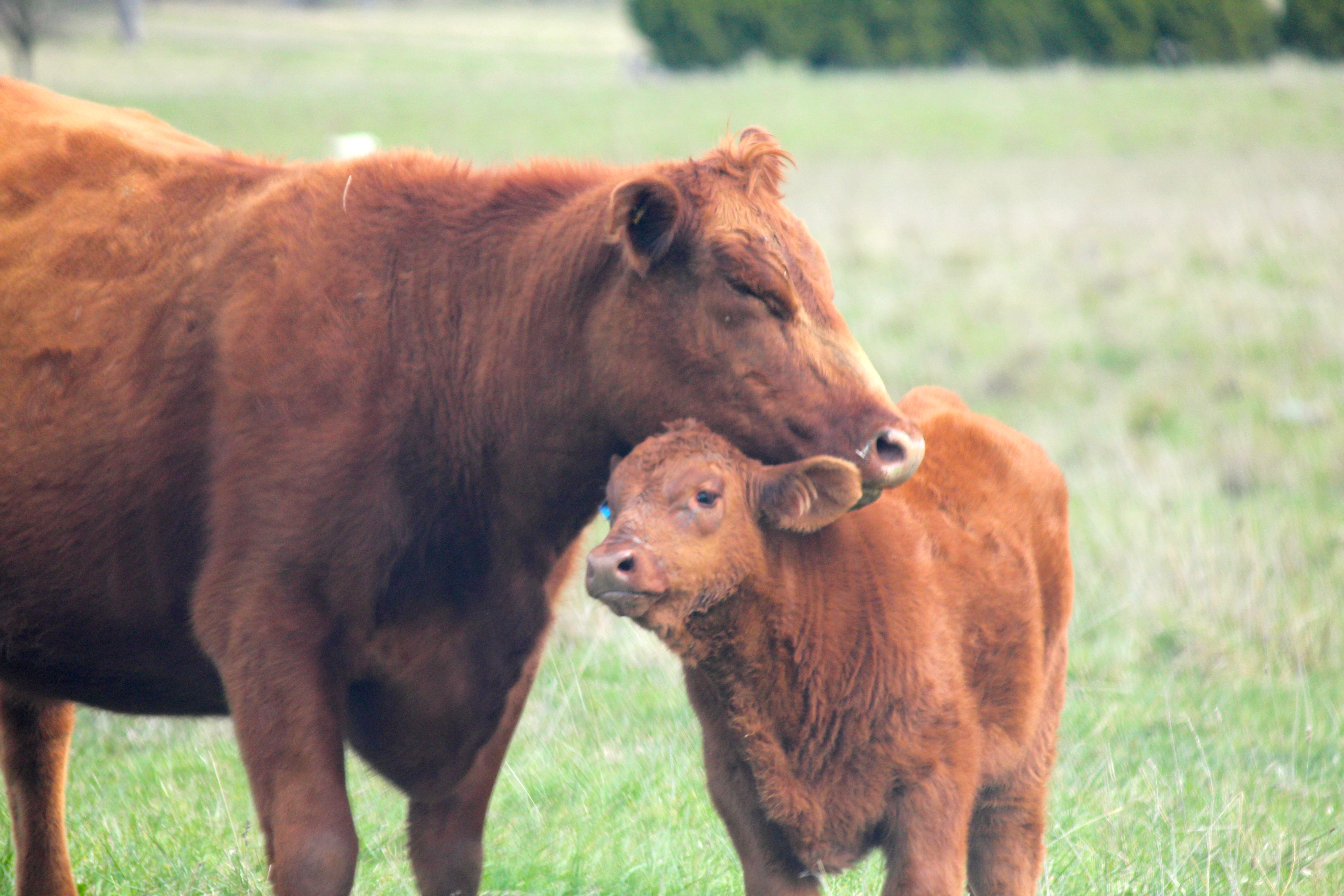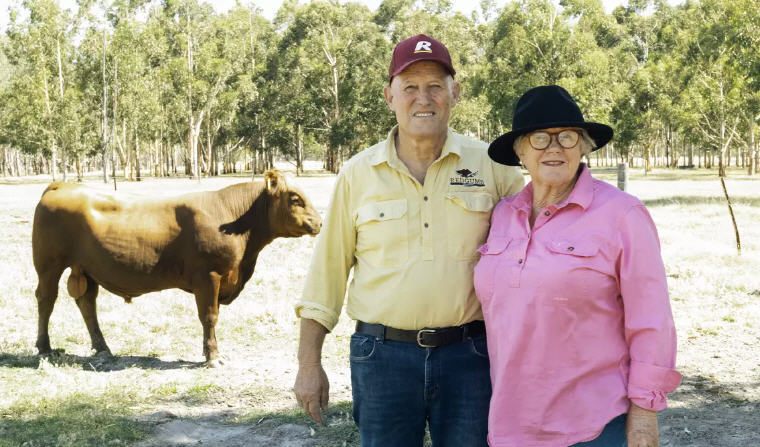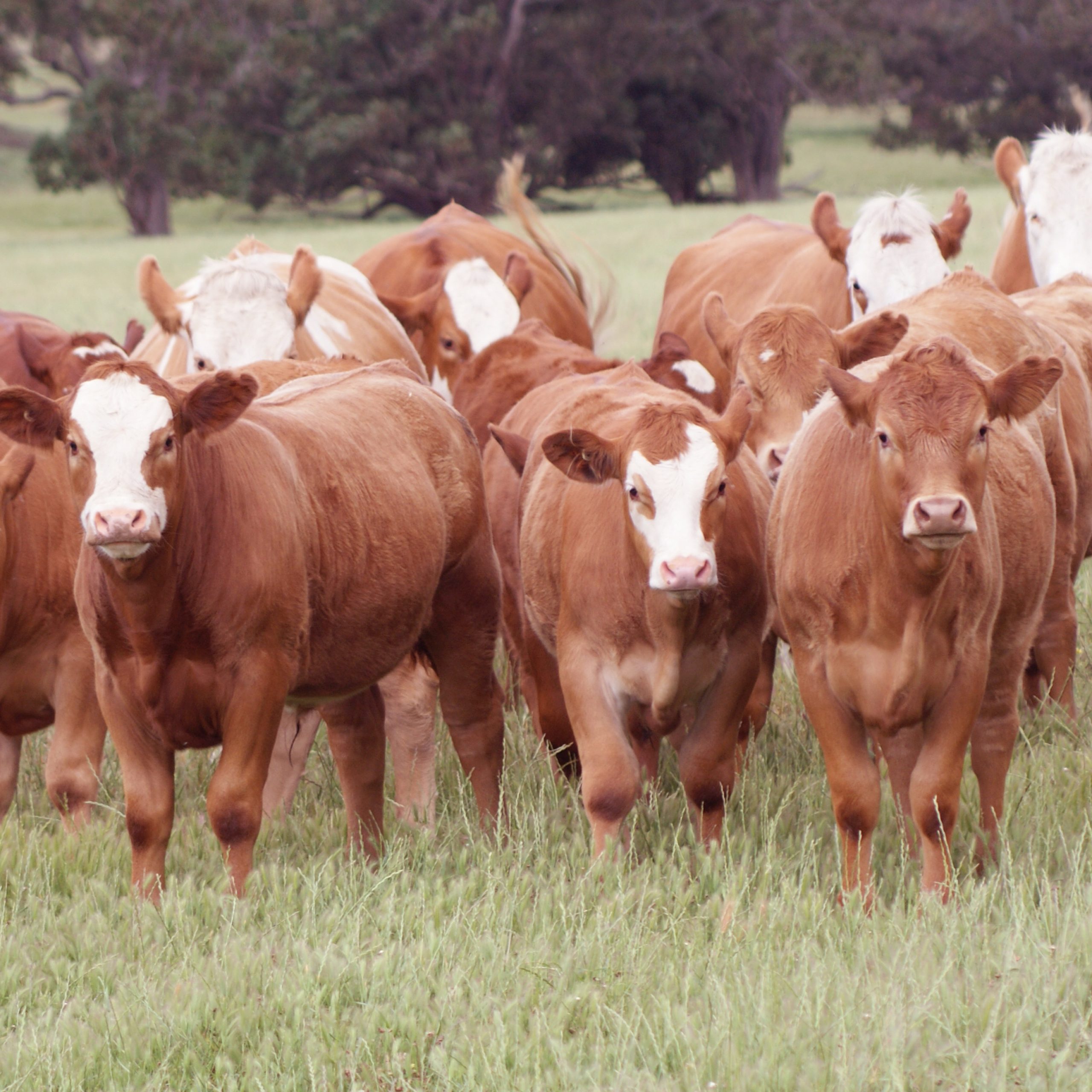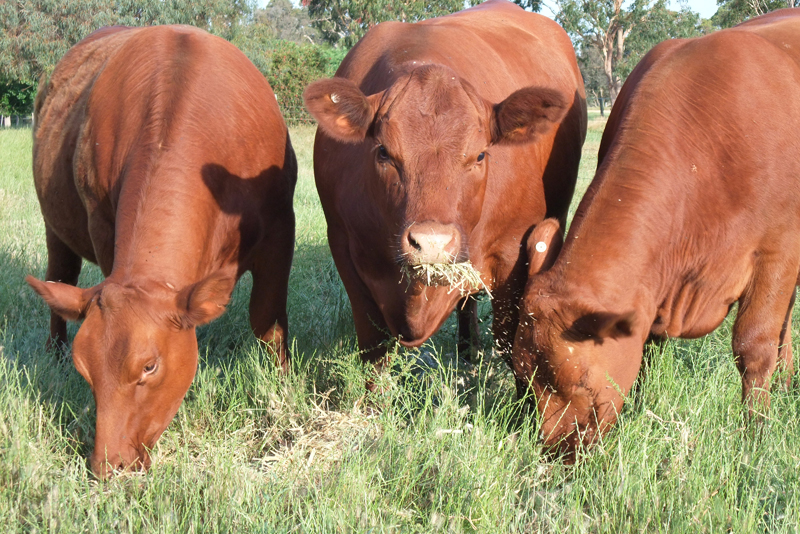
Carbon versus climate neutral: Beef’s targets and how it’s travelling
Written by Shan Goodwin
Carbon neutral by 2030 (CN30) is the headline act for the beef industry but with trendy new terms like climate neutral, nature positive and methane pledge now being bandied about, producers might be excused for wondering what is what.
More importantly, there is some angst around whether their on-farm sustainability moves are adding up.
In the same week producers were told the path to CN30 was throwing up a few more hurdles than anticipated, they were also told their industry was set to be climate neutral within three years.
So is the job on track or not?
In a nutshell, the practices that will deliver the environmental stewardship reputation Australia’s red meat industry wants are one and the same, whether the goal is CN30, climate neutral or nature positive.
Meat & Livestock Australia stepped out in front six years ago when it announced it would chase zero net emissions across the industry’s production and processing sectors by 2030.
![]()
![]()

MLA’s Margaret Jewell and Heidi Brunker
A baseline year of 2005 was chosen to measure against as it aligns with the Paris Agreement on climate change. The latest data covers up until 2020 and shows the industry has achieved a 65 per cent reduction in GHG emissions.
However, new modelling has shown that the interventions currently in place will not quite be enough to deliver CN30 – there will be a 17.3 mega tonne gap, albeit still representing a remarkable 88pc reduction in net emissions.
“What that tells us is we need to go further, and we will,” Dr Jewell said.
MLA has already invested more than $140 million in projects specifically contributing to CN30.
It was always an ambitious goal and remains as such, Dr Jewell said.
The industry is committed to CN30 and is confident the goal will be reached.
“The progress we’ve made, and will make by 2030, will be incredible,” Dr Jewell said.
“In 2030, it will likely be above any other industry or government, who are setting net zero goals by 2040 or 2050.”
By comparison, climate neutral describes the position of not causing additional global temperature rises.
The goals of the Paris Agreement include temperature targets – limiting global warming to below 2 degrees Celsius above pre-industrial levels.
This is important for ruminant livestock industries where methane represents the majority of GHG emissions, because methane is cycled from the atmosphere at a much faster rate than carbon dioxide and nitrous oxide. As a result, the impact of interventions that reduce methane show up much sooner in the atmosphere as reduced global warming pressure.
The global methane pledge, which 150 countries have signed onto including Australia, is a target to reduce methane by 30pc against 2020 levels by 2030.
GWP* is one way of measuring methane output, but it is sensitive to changes in herd and flock size.
“We can also measure direct methane output and radiative forcing,” Dr Jewell said.
“When we do annual emissions updates, we intend to include all three measures in order to tell a comprehensive story about how our industry is travelling.”
The beef industry is on track to contribute to Australia’s commitment to meet this pledge, however fossil fuel extraction industries also need to reduce their methane emissions.
The beef industry has set an overarching target of being able to demonstrate its net positive contribution to nature by 2030.
Alongside CN30, this is being achieved via a number of avenues, including enhancing biodiversity, improving soil health, increasing ground cover, balancing tree and grass cover, reducing water use and reducing waste.
The latest Australian Beef Sustainability Framework figures reporting on all these areas are impressive.
“And, if we are successful in achieving our 2030 target, it won’t be the end of the journey. Commitment will be required to continue activities that result in reduced emissions beyond 2030, which will further demonstrate how the red meat industry are part of the solution to climate change, rather than part of the problem.”
Click HERE to read the full article (subscribers only)









